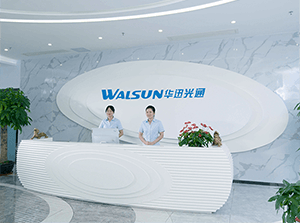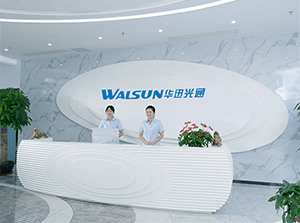PRODUCTS

- The power consumption of QSFP (Quad Small Form-Factor Pluggable) transceivers can vary depending on the specific type of module, the data rate it supports, and additional features or functionalities. QSFP transceivers are used for high-speed data transmission in data centers and telecommunications networks. As of my last knowledge update in January 2022, here are general considerations for power c1714

- The power consumption of QSFP28 (Quad Small Form-Factor Pluggable 28) transceiver modules can vary depending on the specific type of optics and features they support. QSFP28 modules are used for high-speed data transmission in data centers and telecommunications networks, typically for 100 Gigabit Ethernet (100GbE) applications and beyond.As of my last knowledge update in January 2022, the power c1378

- The term "QSFP28" stands for "Quad Small Form-Factor Pluggable 28," and it refers to a specific form factor for optical transceivers. The "28" indicates that it supports a data rate of 28 gigabits per second (Gbps) per channel. Therefore, a QSFP28 module can support various data rates depending on the specific application and the number of channels utilized. The two c788

- SFP (Small Form-factor Pluggable) ports themselves do not provide Power over Ethernet (PoE) capabilities. SFP ports are typically used for fiber optic or copper Ethernet connections and are designed to transmit data signals. However, the devices that have SFP ports, such as network switches or routers, may support PoE on other ports.PoE is a technology that allows both data and electrical power to2301

- Direct Attach Copper (DAC) cables and Small Form-Factor Pluggable Plus (SFP+) are both technologies used in networking for high-speed data transmission, but they serve different purposes and have distinct characteristics. Here are the key differences between DAC and SFP+:Connection Type:DAC (Direct Attach Copper): DAC cables are copper-based cables with connectors on both ends, and they are typica4507


 CHS
CHS Walsun Mall
Walsun Mall










